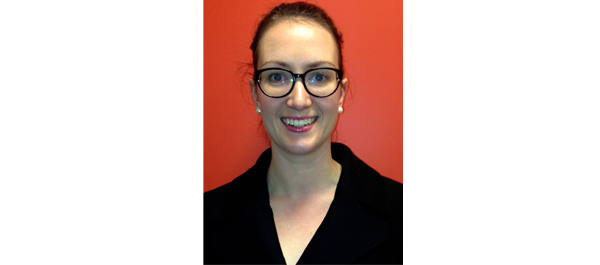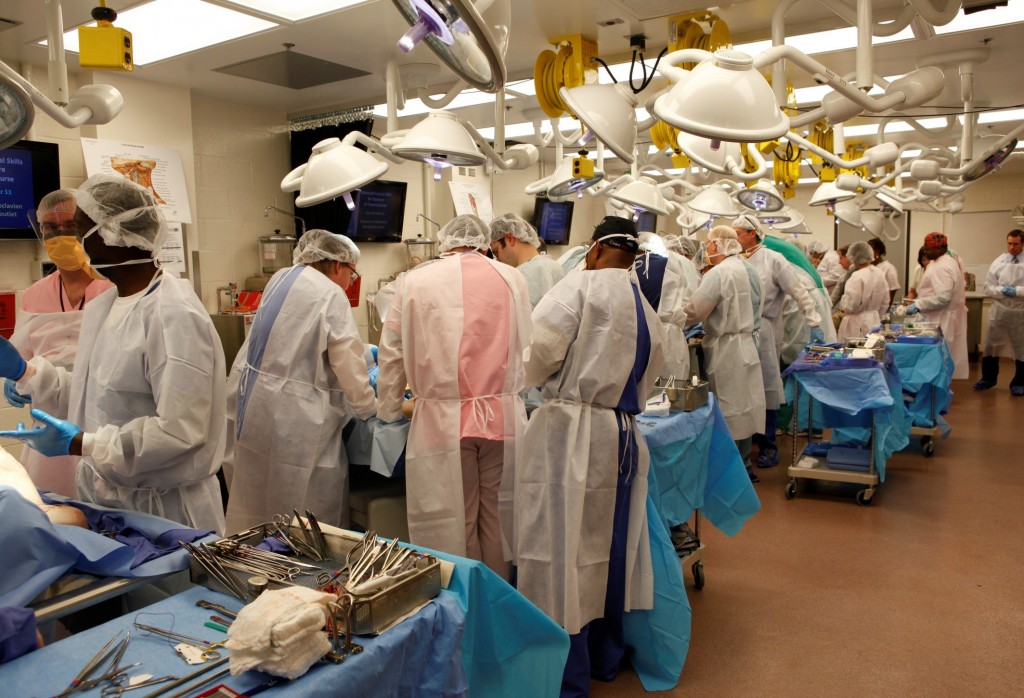The value of fresh cadaveric dissection
I am very lucky to have had the opportunity recently to undertake research in the fresh cadaver lab at University of Maryland School of Medicine, Baltimore.
The availability and quality of fresh cadaveric specimens at the School of Medicine was outstanding. The School’s Anatomical Services Division is also the site of the Maryland State Anatomy Board, and processes over 2000 cadavers per year. No after death donations by family members are accepted. By word of mouth, public awareness of the research and education achievements of the lab means that there is no shortage of people volunteering to donate their body. Minimal processing time allows access to specimens that are truly fresh. The cadavers I used were arterially flushed with a broad-spectrum disinfecting solution, and stored chilled at 2 degrees Celsius between uses. This technique allowed me to work with the same fresh specimen daily for several weeks. My previous experience of cadaveric dissection was with formalin fixed specimens. Although this offers satisfactory opportunity to dissect and appreciate gross anatomical structures, discrete tissue planes are lost, which changes one’s sense of “operating”. Tissue becomes inflexible and dissecting small branches of nerves, such as my task was, becomes extremely challenging. Dissection of fresh cadavers is remarkably similar to operating on a live person. This facilitated my dissection from a research perspective, and also allowed me (as a surgical trainee) to improve my understanding of surgical planes and how to work with tissue.
Learning in the lab also occurs in a less formalised way. One afternoon, I found myself working alongside an ENT surgeon performing a complex facial reconstruction. He explained that when he has scheduled upcoming operations with which he has limited experience, he undertakes a mock procedure prior to the case. What an incredible opportunity to improve patient care.
In an era where surgical training is heavily logbook-based, it can be challenging to ensure all trainees get comparable exposure. Fresh cadaver labs may offer one way to bridge the gap during training, as well as consolidate skills after fellowship.
Research in the anatomy lab can also lead to advancements in surgery. University of Maryland Medical Centre was one of the first centres in the world to perform a full-face transplant. Performance of mock procedures on fresh cadavers was integral to the development and refinement of the procedure. This is a clear example of how fresh cadaver labs can directly contribute to improving surgical care.
Unfortunately, it seems that anatomical education in many institutions is moving away from cadaver use. My experience in Baltimore reminded me that fresh cadaveric labs are invaluable in surgical training and research. I would like to acknowledge the generous gift that many people make in donating their body to medical education and research. I am very grateful for Professor Anthony Costello and Dr James Borin facilitating my visit to University of Maryland School of Medicine, and to Ronn Wade and his team for generously welcoming me in the anatomy lab.
I implore the surgical community to advocate for the protection of existing labs, and development of new fresh cadaver labs.
Fairleigh Reeves
Urology Research Fellow, The Royal Melbourne Hospital, Australia
Twitter @DrFairleighR


